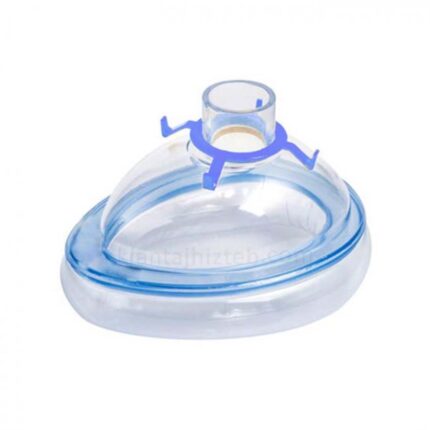1. Purpose and Use
Patient underpads are designed to absorb bodily fluids such as urine, sweat, or other secretions, preventing these fluids from soiling the patient’s bedding or clothing. They are especially useful for:
Incontinence Management: Underpads are commonly used for patients with urinary or fecal incontinence, ensuring that their beds or chairs remain dry and clean.
Post-Surgery Care: After surgeries or medical procedures, underpads can be used to absorb wound drainage or other fluids, helping to maintain a sterile and clean environment.
Bedridden Patients: Patients confined to beds for extended periods often require underpads to manage moisture and maintain hygiene, reducing the likelihood of skin irritation, bedsores, or infections.
2. Types of Patient Underpads
Disposable Underpads: These are single-use pads made from absorbent materials that lock in moisture and prevent leaks. They typically have a waterproof backing made of plastic or a similar material to ensure that no fluids pass through to the underlying surfaces. Disposable underpads are convenient for one-time use, minimizing the need for cleaning and laundering.
Reusable Underpads: Made from more durable materials, reusable underpads are washable and can be used multiple times. They often feature absorbent layers with a waterproof backing and are designed to withstand frequent laundering. Reusable underpads are cost-effective and environmentally friendly.
3. Materials and Design
Patient underpads are constructed using multiple layers, each serving a specific purpose:
Top Layer: The top layer is typically made from a soft, skin-friendly material that wicks moisture away from the skin, keeping the patient dry and comfortable. This layer is often hypoallergenic to prevent irritation.
Absorbent Core: The core of the underpad is made from highly absorbent materials, such as cellulose fibers or superabsorbent polymers (SAPs), which trap fluids and prevent them from leaking onto the bedding or furniture.
Bottom Layer: The bottom layer is a waterproof barrier, usually made of plastic or rubber-like materials, that prevents liquids from seeping through to the underlying surface.
Many underpads are designed with adhesive strips or wings to keep them securely in place, preventing shifting or bunching during use.
4. Benefits
Hygiene and Cleanliness: Patient underpads play a critical role in maintaining hygiene by absorbing fluids and preventing them from soiling beds, chairs, or other surfaces. This reduces the need for frequent linen changes and ensures a cleaner environment for both patients and caregivers.
Comfort and Skin Protection: By keeping moisture away from the skin, underpads help reduce the risk of skin irritation, rashes, or bedsores (pressure ulcers), particularly for patients who are bedridden or have limited mobility.
Infection Control: Proper use of underpads can help minimize the risk of infections by keeping the patient dry and preventing the spread of bacteria or other pathogens in a moist environment.
Convenience: Underpads provide caregivers with a convenient solution for managing incontinence or fluid drainage, allowing them to focus more on patient care rather than constantly changing linens or cleaning surfaces.
5. Applications in Healthcare
Hospitals and Nursing Homes: Underpads are widely used in healthcare facilities to manage incontinence, postoperative drainage, or to provide extra protection for patients confined to bed for long periods. They help healthcare providers maintain a clean and sanitary environment.
Home Care: For patients receiving care at home, underpads offer a practical solution for managing incontinence or fluid loss. They can be used on beds, chairs, wheelchairs, or even in cars, providing protection and peace of mind for caregivers and patients alike.
Pediatric and Geriatric Care: In both pediatric and geriatric care, underpads are useful for managing bedwetting in children or incontinence in elderly patients. They help ensure that patients remain comfortable while protecting furniture from accidental leaks.
6. Sustainability and Innovation
With an increasing focus on sustainability in healthcare, manufacturers are developing more eco-friendly patient underpads. Reusable underpads are gaining popularity due to their reduced environmental impact, while innovations in materials are leading to more absorbent, comfortable, and less bulky products.
Conclusion
Patient underpads are an essential component of patient care in healthcare settings, offering protection, comfort, and hygiene. Whether disposable or reusable, these pads help manage incontinence, prevent bedsores, and reduce the spread of infection, making them an invaluable tool for both patients and caregivers. As medical technology advances, patient underpads continue to evolve, providing even better performance and sustainability for the future of healthcare.











Reviews
There are no reviews yet.